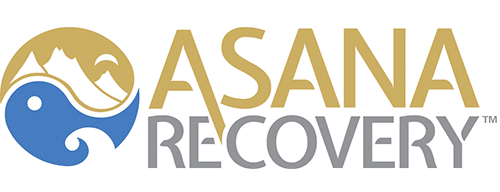According to the Substance Abuse and Mental Health Services Administration, an estimated 28.6 million people aged 12 or older used an illicit drug in the past 30 days, (about one in ten Americans overall). About one in five individuals aged 12 to 20 were current alcohol users. Teenagers also commonly misuse prescription medicines to get high, or because they think the drugs will help them with school work. They may assume that using painkillers recreationally is safe because they are prescribed by a doctor.
States are increasingly looking to public schools as the front line of prevention. Even in elementary schools, programs are being developed to educate students about the dangers of substance abuse. School nurses are particularly important to these initiatives. Not only are they the first responders in any student health issues, but they can play a critical role in educating students about the dangers of drugs. For example, if a student comes to the nurse’s office with a headache, they might discuss hydration, sleep, exercise, and nutrition rather than reaching for painkillers.
The DEA and Discovery Education have teamed up to combat the growing epidemic of prescription opioid heroin use nationwide. This initiative is called Operation Prevention, and its mission is to educate students about the true impacts of opioids. For example, in elementary school, they might discuss how medications work in the body and why it is important to use them responsibly. They can also learn how to find and explain the dosage instructions on a prescription label. Important lessons to teach at this age involve self-control, emotional awareness, communication, social problem-solving, and academic support, especially in reading. Prevention programs for middle and high school students should focus on study habits and academic support, communication, peer relationships, self-efficacy and assertiveness, drug resistance skills, reinforcement of anti-drug attitudes, and strengthening of personal commitments against drug abuse. Sports and other after-school activities are also important, as students who spend time in extracurricular activities are 49 percent less likely to use drugs.
Schools can work with parents, health care professionals, and the community to identify students who show behavioral risks for drug-related problems. By forming relationships with medical practitioners in the community, schools can contact them for assistance when a substance abuse problem is detected.
In June 2002, the U.S. Supreme Court broadened the authority of public schools to test students for illicit drugs by allowing random drug testing for all middle and high school students who participate in competitive extracurricular activities. This decision was controversial because recording positive drug test results on students’ permanent educational records, which could end up being viewed by colleges or potential employers, might have long-term negative effects. On the other hand, those exact negative effects might help prevent more young people from using drugs.
If you or a loved one need help to quit drugs or alcohol, consider Asana Recovery. We offer medical detox, along with both residential and outpatient programs, and you’ll be supervised by a highly trained staff of medical professionals, counselors, and therapists. Call us any time at (949-438-4504).



